This article introduces Kanboshi Daikonni (寒干し大根煮), a nourishing, traditional dish that captures the tough spirit of winter survival in Japan’s mountainous regions. This simmered specialty comes from Gifu Prefecture, specifically the Hida area. It uses daikon radish treated with one of the most intense traditional preservation methods: repeatedly freezing and thawing in the harsh winter winds. The result is a highly flavorful ingredient simmered into a deep, savory side dish.
What is Kanboshi Daikonni?
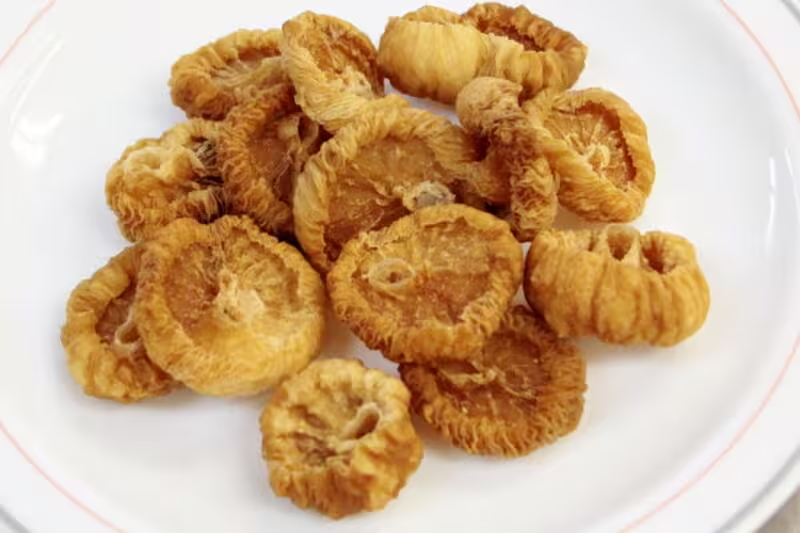
Kanboshi Daikonni is a vegetable dish (nimono) that locals simmered. The name Kanboshi literally means “cold drying.” The daikon radish boiled, sliced, put on skewers, and then repeatedly frozen at night and thawed during the day by the sun and wind. This cycle, which repeats for about one month, physically changes the vegetable by removing its water and condensing its natural sweetness.
When ready to cook, they soak the preserved daikon in water. The cold-drying process turns the radish an amber color and gives it a distinct, crunchy texture that doesn’t get mushy. Compared to fresh daikon, the Kanboshi Daikon has about twenty times more concentrated sugar and fourteen times the fiber. They also make the final dish by simmering these rehydrated pieces in a savory broth, typically made from dashi stock and soy sauce, which the porous daikon readily soaks up.
History Rooted in Mountain Survival
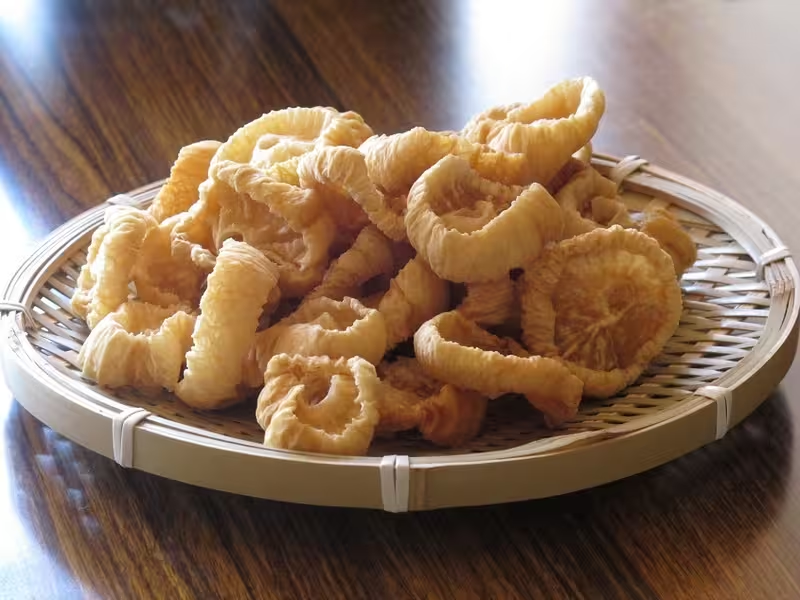
The tradition of Kanboshi Daikon comes from the Yamanomura area in Hida City, Gifu, a high-altitude region often called the “Village in the Sky.” This area was historically cut off for up to five months each winter because of heavy snowfall.
Kanboshi Daikon was born out of the necessity of survival. Ancestors created this highly specialized drying method, doing the labor of processing the daikon when outdoor temperatures dropped to minus 20 degrees Celsius. The extreme, repeated freezing and thawing of the radish was a clever way to make a nutritious preserved food that could keep the community going through the isolation of deep winter.
The entire eight-month process, from planting the radish to finishing the drying, practiced today to keep the traditional quality. In modern times, the regional production technique protected by the Geographical Indication (GI) law, confirming its status as a unique regional asset.
Where to Source Kanboshi Daikon
Suzushiro Group (すずしろグループ)
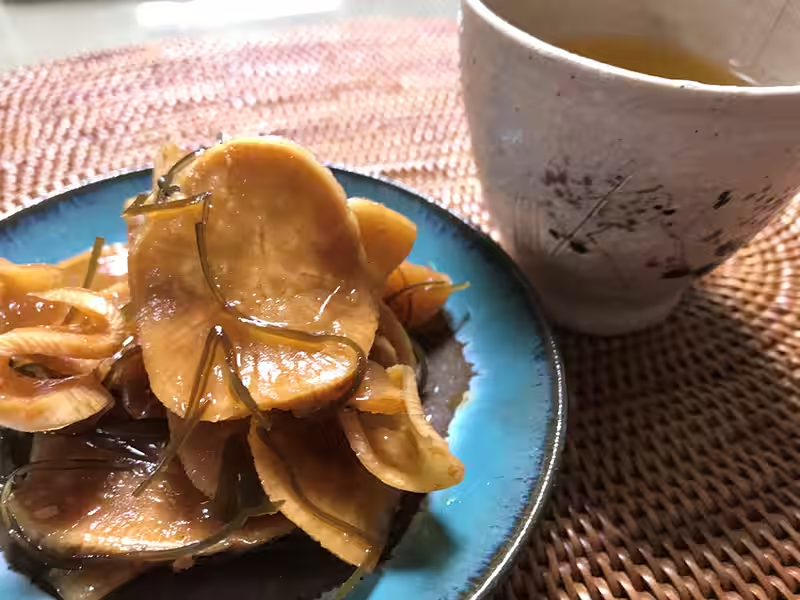
Kanboshi Daikonni is mainly a home-cooked specialty, most often made and enjoyed in local homes during family gatherings and festivals. Local restaurants in Kamioka-cho, Hida City may offer the prepared dish, but the most reliable way to get this regional ingredient is to buy the dried product directly from the local producer group that upholds the old tradition.
The “Suzushiro Group,” made up of local housewives, commercialized the product to ensure the preservation of the traditional method.
Summary
Kanboshi Daikonni is a strong sign of the creativity and resourcefulness of mountain culture. It transforms a simple vegetable into a flavorful, nutritious, and long-lasting food source by using the extreme climate of Gifu Prefecture. The hard cold-drying process not only preserves the daikon but also makes its texture better and concentrates its flavor, resulting in a simmered dish of unique depth. Its heritage also, tied to survival and community, gives it importance beyond just food.
For those who appreciate the deep, comforting flavor of Kanboshi Daikonni, you might also enjoy other Japanese preserved and simmered vegetable dishes such as Shogoin daikon, Oden, and many more.
FAQ
What is Kandoshi Daikon?
Producers make Kandoshi Daikon by drying daikon radishes outdoors during the cold winter months.
Why is it called “Kandoshi”?
“Kan” means cold, and “hoshi” means dried. The name comes from the process of drying daikon in the cold winter air.
Where is Kandoshi Daikon made?
Producers mainly make it in northern Japan, such as the Tohoku and Hokkaido regions, where winter air stays cold and dry.
How is Kandoshi Daikon made?
Fresh daikon radishes are sliced and hung outdoors to dry naturally for several weeks in cold temperatures.
What does Kandoshi Daikon taste like?
It has a chewy texture and a deep, slightly sweet flavor that becomes richer after drying.
How do you eat Kandoshi Daikon?
It is usually rehydrated and used in simmered dishes, miso soup, or stir-fries.
Is Kandoshi Daikon the same as Kiriboshi Daikon?
They are similar, but producers dry Kandoshi Daikon in colder weather, which gives it a firmer texture and stronger flavor.
Is it healthy?
Yes, it’s rich in fiber, minerals, and nutrients concentrated through the drying process.
When is Kandoshi Daikon made?
It’s usually made between December and February, when the cold, dry winter air is ideal for natural drying.
Can I buy Kandoshi Daikon outside Japan?
It’s rare overseas, but some Japanese supermarkets and online shops may sell packaged versions.


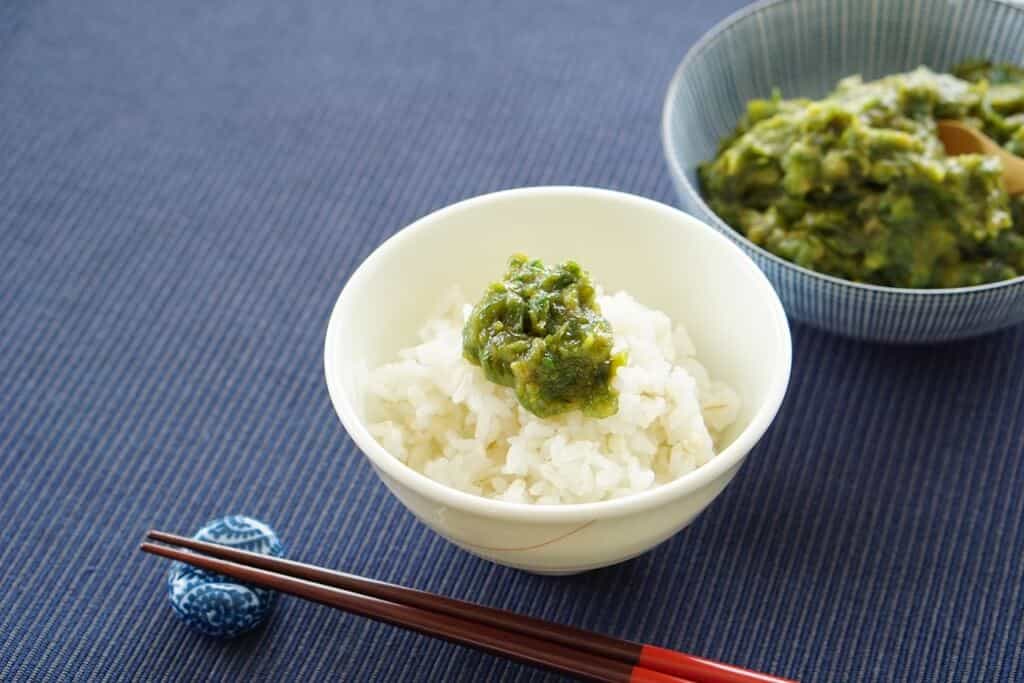
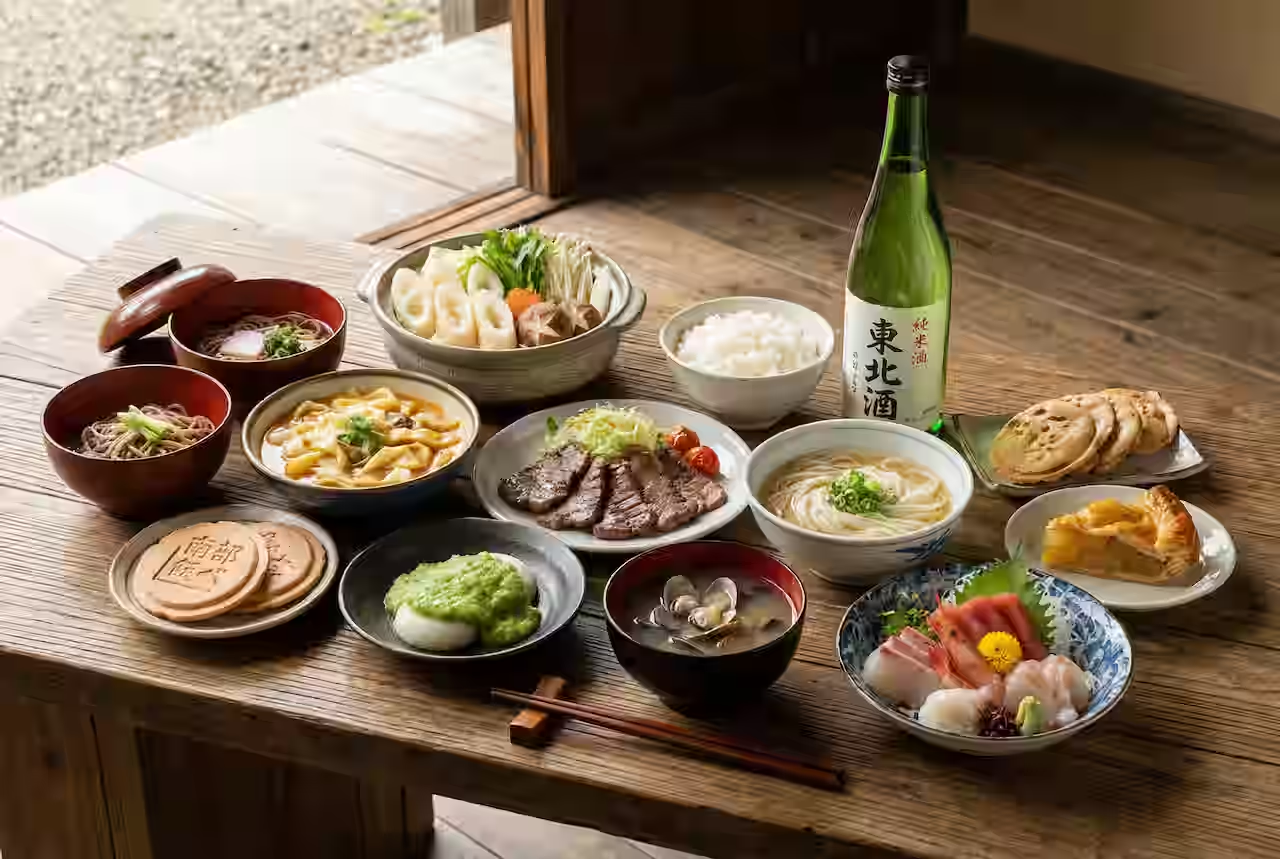



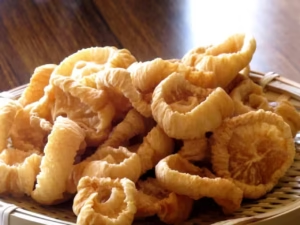


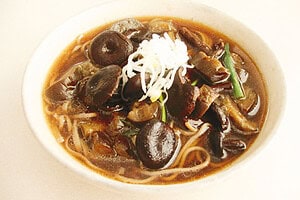
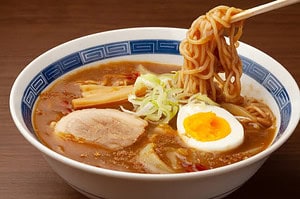

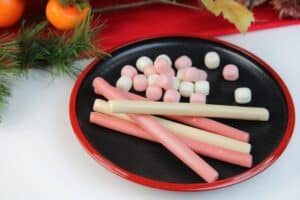

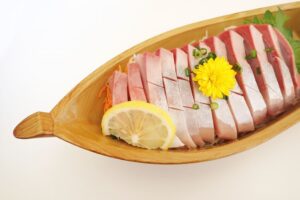
Comments